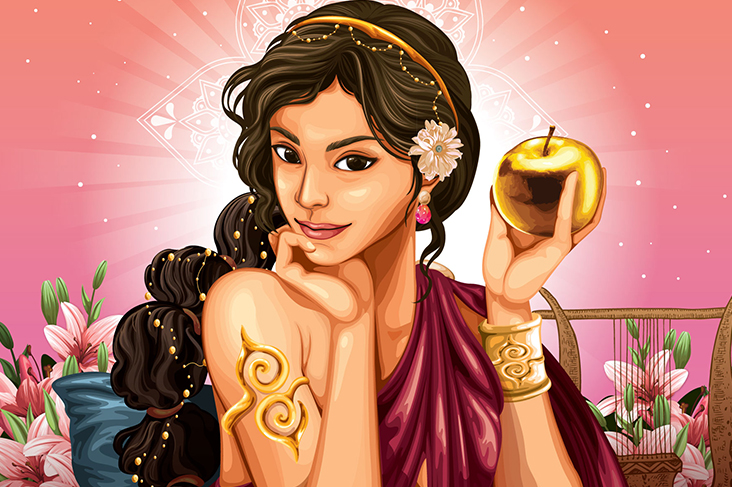The standards of feminine beauty might differ from culture to culture. But it is quite evident that beauty in several different forms is given immense importance and value across religions, cultures, and popular mythologies.
Since times immemorial, several beauty goddesses across different mythologies around the world have been respected and revered for years.
Their significance and timeless beauty are depicted through the remnants of popular ancient sculptures and paintings. Beauty attracts the eye. However, these goddesses are not only known for their immortal beauty but also for their captivating powers.
7 Goddesses of Beauty in Popular Folklores
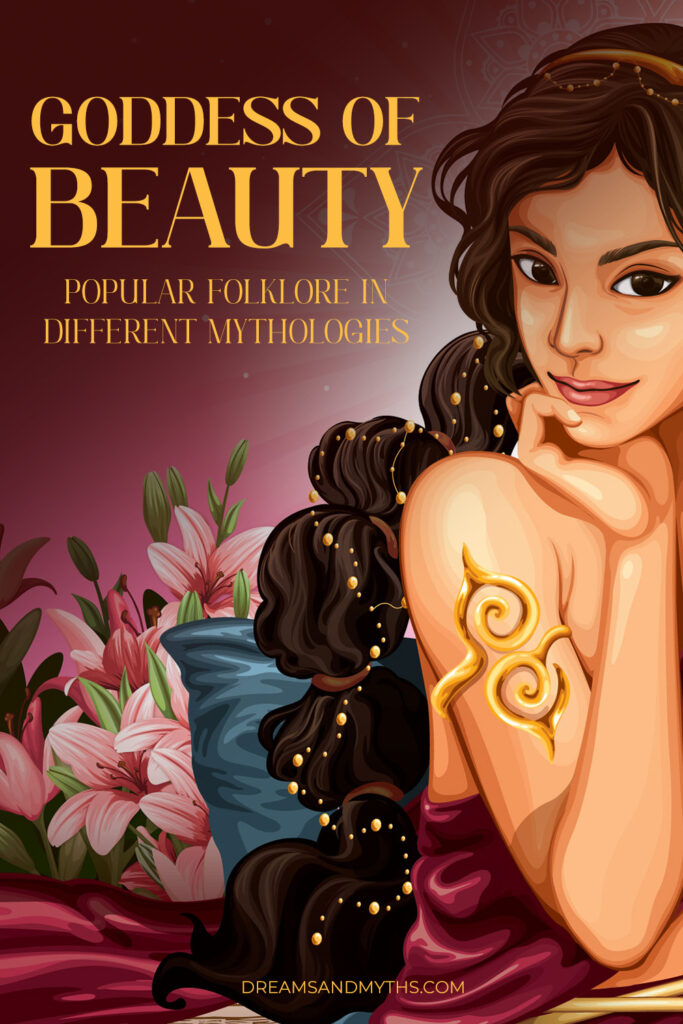
Let’s get to know some of the famous goddesses symbolizing beauty in various mythologies.
1. Aphrodite
Aphrodite is one of the most popular goddesses in not just Greek mythology but also in the world. So much so that the word aphrodisiac originates from her name. It means something that has the powers to stimulate pleasure and sexual desire. Goddess Aphrodite, too, had similar qualities. She was well-known for her flawless beauty and even symbolized pleasure, love, erotica, and fertility.
Legend has it that Aphrodite was born from the foam of the sea, from Uranus’s genitalia chopped off by his son Cronus. It is believed that she came into being in the form of a beautiful pearl living inside an oyster shell. Aphrodite was known to have unique powers to help with the reconciliation between failing relationships.
Aphrodite was known to have a special belt or a magic girdle around her waist to make her look more attractive in the eyes of the male gods. This belt was called the cestus, which was the primary weapon of Aphrodite. It was said that the cestus had the power to make any male fall in love with the wearer.
2. Hathor

Hathor is the primeval Egyptian goddess equivalent to the Greek goddess of Aphrodite and the Roman goddess of Venus. And she is believed to represent all the motherly qualities, just like Venus and Aphrodite. Also venerated for providing good health and protection to nursing mothers and pregnant women during labor. Hence, called the goddess of fertility.
Hathor is the epitome of beauty and love in Egyptian mythology and symbolizes sexuality and dance. She is also known to represent the sun and the sky in predynastic Egypt.
She was celebrated and worshipped predominantly by Egyptian farmers through a special ritual symbolizing the five gifts of Hathor. This ritual involves expressing gratitude to the goddess for protecting the women, lending fertility and abundance to the land, and spreading happiness and joy.
3. Indrani
Goddess Indrani is one of the most respected goddesses in Hindu mythology. She is also known as goddess Shachi and a goddess who had supreme authority over the planet of Venus. It is believed that Indrani is also associated with Shaktism and is called one of the seven divine mothers.
Legend has it that Indrani inspired pleasure among many male gods because of her eternal beauty. She is commonly worshipped along with Lord Indra in most regions in India. However, in the Southern part of India, she is held in high esteem and is venerated as an independent goddess.
Apart from beauty, Indrani was a fierce goddess who is known to have killed the king of the Lunar dynasty, Vritasura, also called the ruler of heaven, when he tried taking advantage of her.
The popular Vedic text, Rigveda, too, has expressed immense admiration for Indrani’s beauty. According to Rigveda, her beauty caused extreme jealousy, among others.
4. Helen
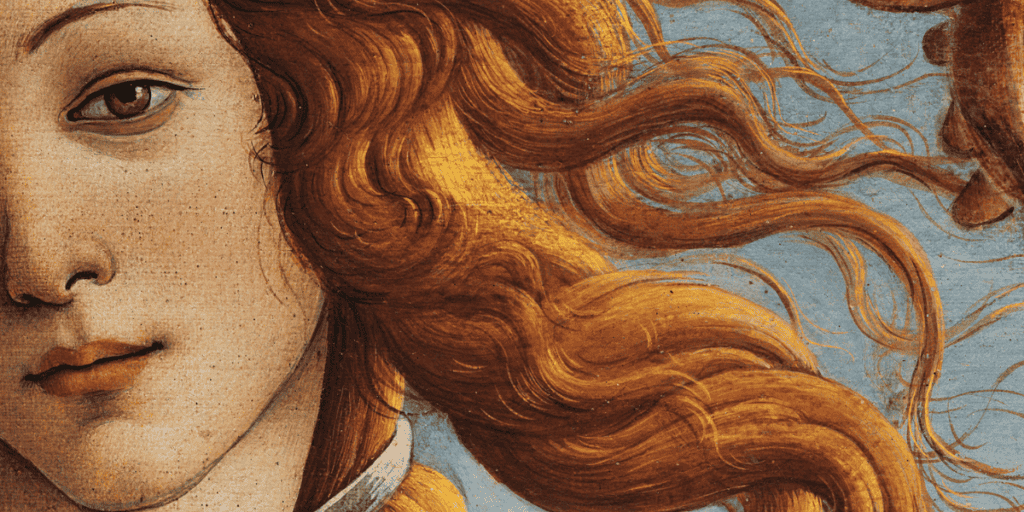
Helen of Sparta, also known as Helen of Troy from the Greek pantheon of gods and goddesses, is believed to be the most ravishing beauty of all times. In fact, she was considered the most captivating woman in the whole wide world.
So much so that even goddess Aphrodite expressed her adoration for Helen. The Greek poet Homer’s Illiad illustrates Helen as a pale-faced beauty wearing a beautiful dress.
According to most accounts from ancient Greek mythology, Helen was considered to have brunette hair. But modern depictions of the charming goddess show that she had blonde hair.
Moreover, it is believed that Helen was the one who indirectly triggered the Trojan War. Therefore, one of the most popular descriptions about Helen says that she had a lovely face, a face so pretty that she eventually launched a thousand ships.
Helen had several men wanting to be her suitors. Eventually, Helen’s mother, Leda’s husband Tyndareus, decides Menelaus of Sparta to be Helen’s husband. The two of them get married and give birth to a daughter named Hermoine.
5. Freyja
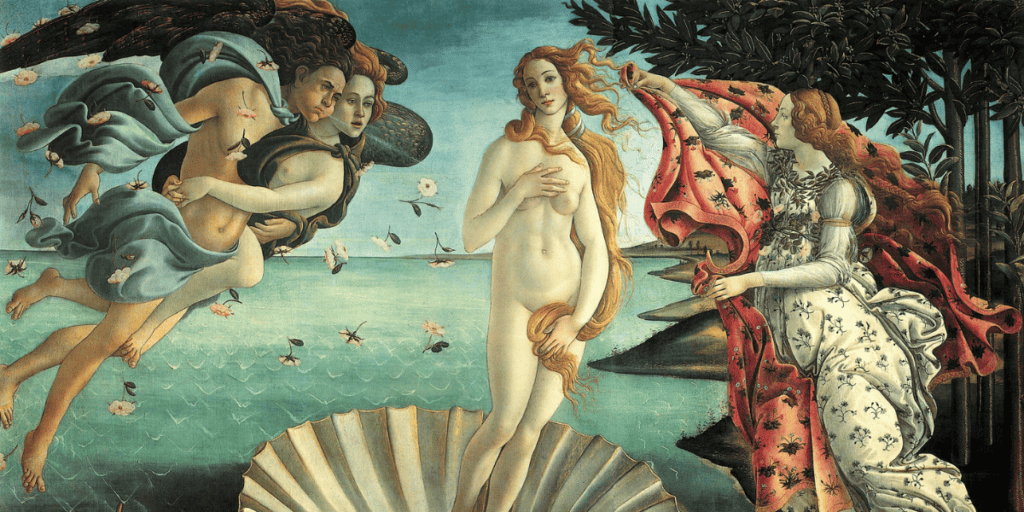
Freyja, also known as Freja/Freiya/Freya, is the popular beauty goddess from Norse mythology. She also symbolizes fertility, love, sexual desire, and war. It is said that her necklace called the Brísingamen, indicates her prestigious position among the Norse mythology gods and goddesses.
Talking about her appearance, she is depicted as a goddess wearing a long robe made of falcon feathers and her precious Brísingamen necklace. She is also believed to be drawing a chariot pulled by two cats. A boar named Hildisvíni is also seen giving her company while riding the chariot.
Goddess Frejya has divine authority over the vast meadows of Fólkvangr. It is said that half the deaths who die due to combat go to Fólkvangr. The remaining are destined to live in Valhalla with the Norse god, Odin.
Goddess Frejya was also an extremely popular goddess among the Jotnars. She was praised by the Jotnars for her wonderful beauty, and they wished to get married to her.
According to Nordic traditions, it is believed that Frejya is generally summoned in many rituals for fertility. And she is also invoked for fostering positive developments in matters involving love or romantic relationships.
6. Hera
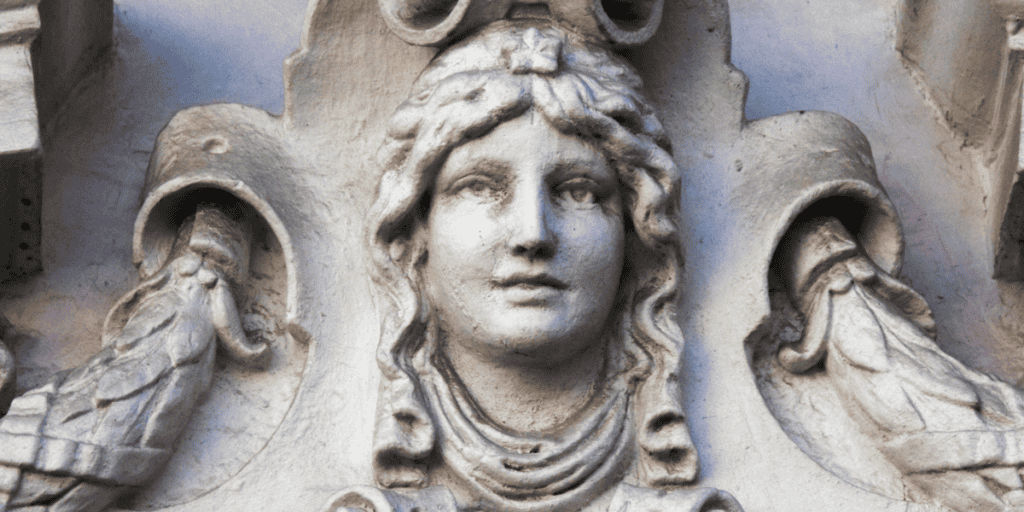
Hera is one of the most prominent ethereal beauties in Greek mythology. She was called the queen of the gods on Mount Olympus for her tantalizing beauty. Being the wife of Zeus, she was also the Olympian queen. Hera represented marriage, women, childbirth, and family. She is, therefore, celebrated not only as the divine queen of heaven but also as a goddess with ultimate authority over married life and women’s life.
Hera is the goddess of childbirth, too, who protected women from the pain and suffering of labor. Therefore, she was also honored with the respectful title of Eileithyia, also known as the goddess of childbirth.
Legend has it that Hera’s appearance was stunning. She was charismatic with long, golden hair and beautiful dark blue eyes.
She is also known to have a birthmark or a beauty spot just under her left eye. In most of her depictions, Hera has soft, fair skin and a tall appearance. She is also seen wielding a scepter and wearing a crown along with a lion or a hawk around her.
Hera was so beautiful that she was often compared to Aphrodite. It is believed that she supported the Greeks in the Trojan War out of spite and jealousy against Aphrodite, who was chosen by Prince Paris as the prettiest goddess of all.
Hera also has an offensive side when it comes to her relationship with Zeus. She punished all those who came in the way of their alliance. She threw out her son Hephaestus for his deformed looks.
She detested the other wives, sons, and daughters of Zeus and committed wicked acts against them. When Zeus and mortal woman Alcmene together gave birth to Herakles, angry Hera did a vicious act of punishing baby Herakles by sending venomous snakes to his cave.
7. Venus
In Roman mythology, Venus is the goddess of fertility, abundance, sex, and love. She is considered synonymous with Aphrodite in Greek mythology and Innana from the Mesopotamian pantheon of gods and goddesses. Innana was the goddess of love as well as battle.
Vulcan or Hephaistos and Mars or Ares were her two primary partners with whom she had divine romantic relationships. Venus gave birth to multiple children with different Roman gods.
Her sexual union with Mars led to the birth of twins called Timor and Metus. Timor symbolized fear, whereas his twin signified terror. Concordia, the goddess representing peace and harmony, was another child of Venus with Mars. Venus is also responsible for the origin of Cupids, who were winged angels symbolizing love.
Unfortunately, her relationship with Vulcan was short-lived and devoid of any love or affection. This is the primary reason why she does not have any children with Vulcan.
As far as her appearance is concerned, Venus is mostly shown nude in a variety of artworks and paintings. However, her naked body is depicted to be covered in her long, beautiful hair. Additionally, she is shown atop a shell with several mythical figures accompanying her.
Venus was a highly regarded goddess among the Romans, and she enjoyed considerable reverence even after the fall of the Roman empire.
Conclusion
I hope you liked this list of seven goddesses of beauty in different cultures and mythologies around the world. Most narratives and tales across various mythologies tell us that these fascinating goddesses not only depict physical beauty or sensuality; but also symbolize strength in more powerful forms of motherhood, protection during childbirth, plenty, abundance via mother earth, and more.
